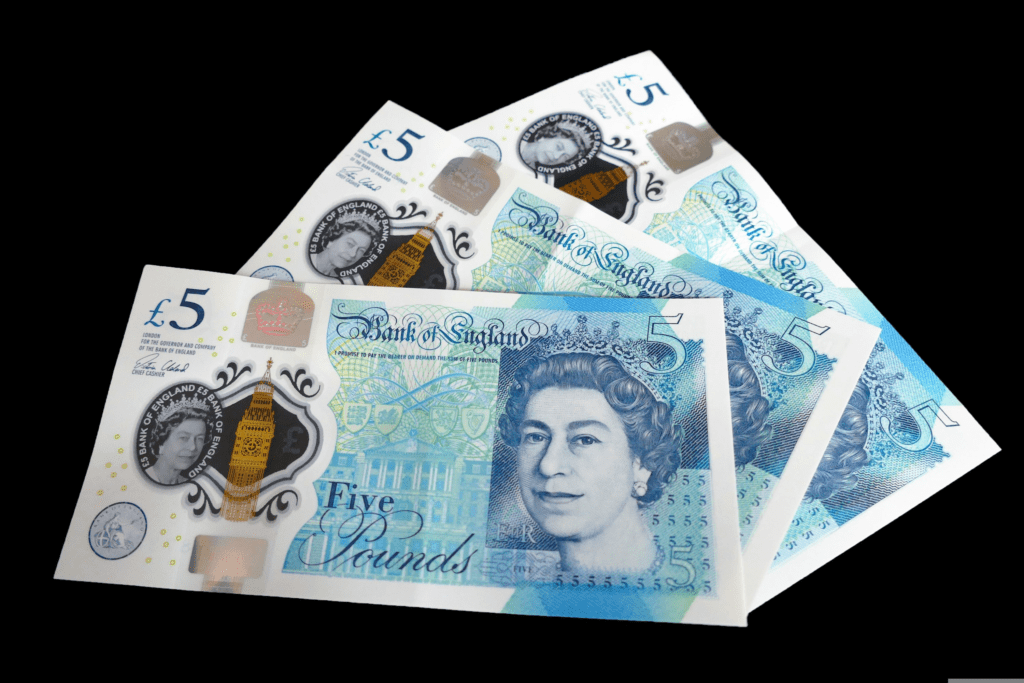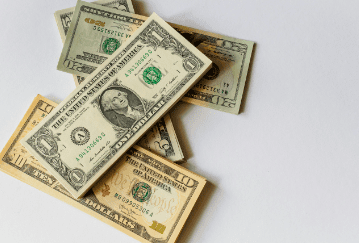The US Dollar now looks to be in some hard times. One big reason is that people expect that interest rates in the US may fall. The interest rate is like some sort of magic button controlling the cost of borrowing money; if rates fall, so does the cost of borrowing money, and therefore the value of the Dollar. Recently, the US had been talking about cutting interest rates, thus bringing the Dollar down.
But there’s another factor: it’s not only that nation, but rather more to say countries worldwide, especially China, are working hard to make their economies better. Recently, China made giant steps in its economy, which is a sign of its progress in the global market. In a thriving worldwide economy, people are actually going to invest in riskier assets, and the USD less attractive, since it is considered to be kind of “safe haven.” Right now, the Dollar is caught in the middle between these two things—lower interest rates and better global growth, which keeps it pressured.

How’s The Pound doing?
On the other hand, the British Pound looks to be in better shape. Still, the UK economy is not perfect, and latest reports showed growth in the country was not aggressive as what everyone had initially expected. For example, its UK PMI, a report that indicates the performance of the business sector came out to be lower than estimates. But even so with this slower growth compared to other countries, the UK economy is very much on course, and thus the Pound is relatively strong.
The other factor is the Bank of England (BoE). Most people do expect a rate cut at the hands of BoE before the end of the year, which once again could affect the Pound. Again, though, it is far from being a sealed sure outcome. There is already a strong possibility of an 25 bps rate cut in November but yet again, markets are guessing. For now, though, the Pound is able to hold steady especially when compared with a more week Dollar.
GBPUSD – What The Charts Say?
Let’s see how the GBPUSD pair plays out by analyzing it on different timeframes: the daily, 4-hour and 1-hour chart.
Daily Timeframe:
The price of the GBPUSD tried to break through 1.34 level but could not stabilize there. Like a barrier or resistance, which the price could not penetrate. For the buyers, it is a good opportunity to buy at the 1.3265 area since that level also offers a good retracement of the 38.2% Fibonacci of the last price swings to the Pound.
In simple words, this region is like a safety net where the buyers feel more confident buying the Pound, hoping that the price will bounce back. And if the price falls below this level it might encourage sellers to jump in and push the price even lower.
4-Hour Timeframe:. There is a trendline that reflects the fact that the Pound is still in an uptrend. This means the price is slowly climbing upward. Buyers are likely to use this trendline as a guide. So, if the price stays above this line, they will continue to bet the Pound will keep rising. However, if the price continues below this trendline, it might be a sign of a problem, and sellers may get in charge of the price and drag it down.
In this phase, which battle is more apparent: buyers want to see that the price should go higher, and if it falls below the trendline, sellers will make it more than an excuse to drag the price down on.
1-Hour Timeframe
This is one pretty pattern with an “ascending triangle.” It occurs when the price prints higher lows, which indicates that it’s showing an uptrend, but yet it fails to break above a level of resistance. Here, we’re having 1.3430 as the level that the price can’t break through in a 1-hour chart. The idea here’s similar to the balloon being pushed upwards but can’t break through a ceiling.
Buyers want to see this resistance break and look for higher highs while sellers are defending it and holding its ground, pushing the price lower. If this price level breaks above 1.3430, we might see some impressive moves up; otherwise, the price will drop if the sellers defend this level successfully.

What’s Next for GBPUSD?
So, what’s in store for the GBPUSD pair? Hard to say. The US Dollar is very weak, of course, because of the expectations of cuts in rates and better global growth; and, after all, the Pound is holding steady because of the relatively stronger UK economy.
But things can turn around in the twinkling of an eye. If US data turns around and the probability of cuts in rates lowers, then one can see the Dollar appreciate and pound come under pressure. Conversely, if the Bank of England cuts interest rates as widely expected, then the pound could weaken and one could see the Dollar rise.
The buyers hope that price breaks above resistance, while the sellers wait for an opportunity to drive the price down. It is a game of patience and timing, and only time will tell who will come out on top.










